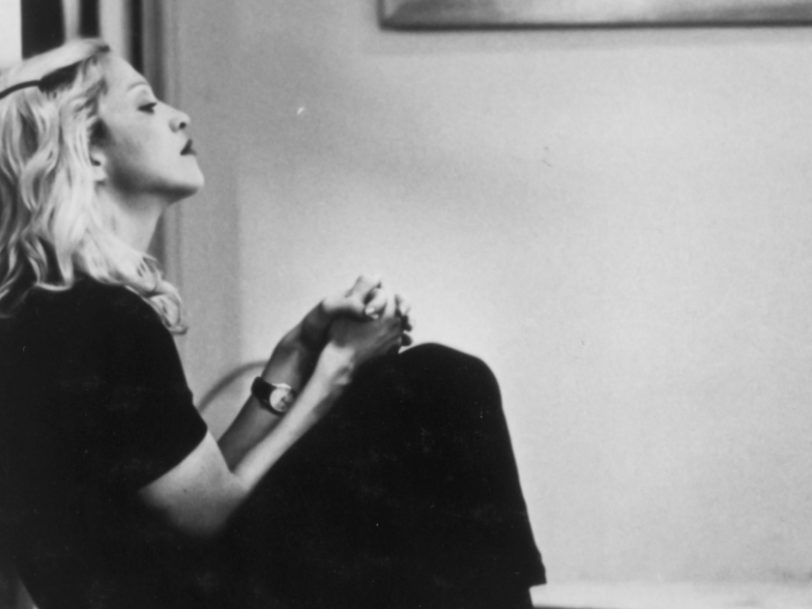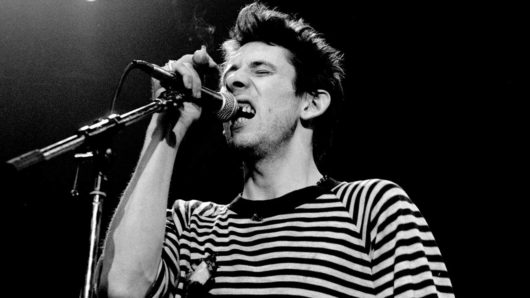Madonna has held a vice-like grip on the charts for more than three decades. This chronological list of all Madonna’s US and UK No.1 singles illustrates why she remains the indisputable “Queen Of Pop”.
Listen to the best of Madonna here, and check out all 20 Madonna No.1 singles, below.
Like A Virgin (US No.1 from ‘Like A Virgin’, 1984)
Taking Madonna to the top of the Billboard charts for the very first time, Like A Virgin launched the album of the same name and crowned the singer’s breakthrough year by becoming 1984’s US Christmas No.1. The success of Madonna’s self-titled debut album and its attendant singles meant the release of this Nile Rodgers-produced cut was delayed in order to allow Lucky Star to start its descent, but the reshaped timing worked out: Madonna was able to premiere the track at the first MTV Video Music Awards. The US was shocked yet thrilled at her performance and, when the Mary Lambert-directed video hit playlists, the single – the first in an incredible run of 20 Madonna No.1s – sprinted to the top spot in just five weeks. A star had been born at the most appropriate time of the year.




